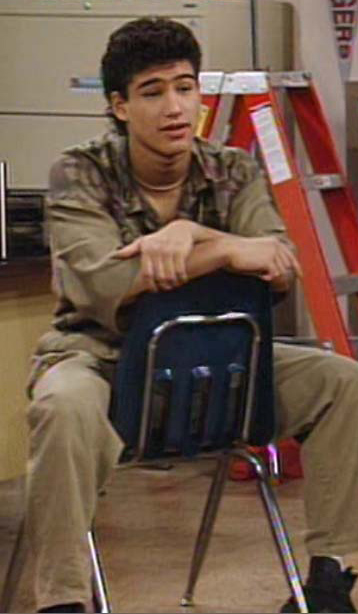You’ll hear actors referring to destination, business and gesture when they are in the process of discovering character.
Today, let’s rap about what we mean by “destination”. So sit on your chair backwards (because it’s edgy) and drop a beat.

Destination. It’s not as simple as where you’re heading on stage, or your next mark. Although that matters too.
It’s how and why you move.
Glenn Close calls this “how your character disturbs the air”. She is basically an acting shaman, so listen up.”Destination” encompasses your entire exploration of your character’s physicality.
Emotion is great, and more than that. It’s necessary. However, if you’re in any framing other than an close up, you have to know how to make physical choices that further illuminate your character. Emotion that doesn’t produce the fruit of physical behavior is not the whole performance.
Commercial actors, this applies to you too! If you’re being shot in a medium frame and you’re called to react to something, what do you do (not just feel, but do) if you…
- Win money on a lottery scratcher?
- Find you’re misplaced your wallet?
- Suddenly get a headache?
- Taste something fantastic, or something awful?
Yeah. Behavior matters.
Watch Jeffrey Tambor direct a few scenes on Youtube. He does the same thing Larry Moss does…frees us of the silly fear we’ve acquired of over-acting. He encourages behavior! He even forces it sometimes, for the sake of exploration. He addresses the actor’s whole performance, engaging the body and permitting a sense of play.
If you need cultivate your own sense of destination, here’s a few ways to begin:
1. Where is the center of your my character’s energy? If I’m playing a celebrity? A construction worker? A mother? A surgeon?
Larry Moss remembers in his book “The Intent To Live” (which you should own if you don’t) helping Helen Hunt discover that her character’s energy lived in her feet. Makes sense. She was a waitress. She tried to walk as though her feet were “the main source of her survival”.
Answer this question for a character you’ve been working on. Or would like to work on. Start moving Begin leading with this part of your body as you walk around the space. Go from 1 to 10 in your intensity as you move through your environment.
Watch these clips of Marlon Brando in “Streetcar”. Observe first without the sound, then once again with the sound on. See what you can learn about the scene just by observing his behavior. His physical choices are so exciting!
2. Why Am I Moving?
Where am I going and why does it matter? If you don’t have a compelling reason for the behavior, then don’t do it. Or find justification. You can’t pace around, hoping something sticks. (A mistake I’ve made many, many times.) Make choices, fail, revise.
A great exercise to try: Track your movements for a day. (This is tedious but very useful.) From the time you get up, record where you moved and how and for what reason. When we need to simulate doing something naturally, sometimes we struggle because we’re not always cognitive of what we’re doing when we’re unobserved.
I remember my first real Shakespeare scene in college. I was Desdemona, and the scene starts simply enough: I wake up. I’m pretty sure my “waking up” involved some ridiculous sigh and Disney-princess-style arm stretch. Sheesh. I’d never thought about what I did when I woke up, so I generalized. Don’t do that. Start paying attention to private moments. You’ll be amazed.
If you have any questions, or you’d like to audit an acting class and see what a difference behavior makes, call us! 480-313-9901. We’re always happy to answer questions.
